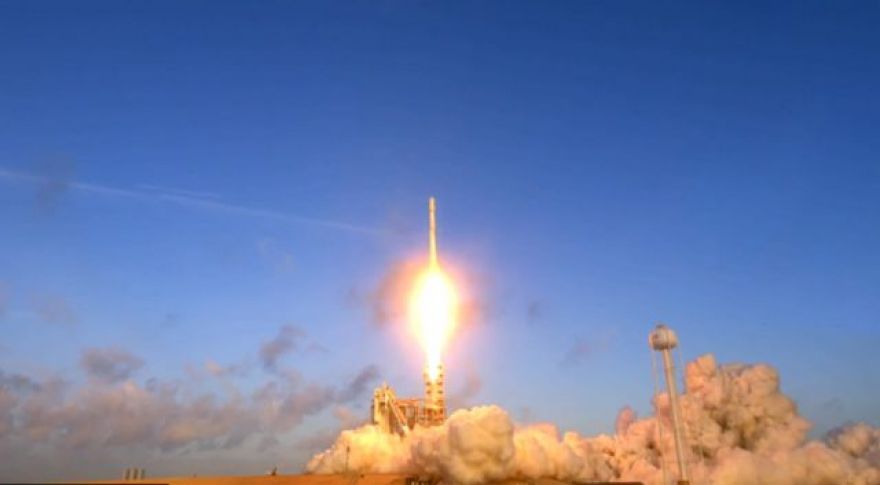
Mostly NASA, Lightly Salted With a Spy Satellite: This Week in Space
As strange bedfellows go, canning jars and spy satellites don’t seem to have much in common. But Ball Corp. produces both. And one of their spy satellites . Mum’s the official NRO word on the launch, which makes sense if the payload is a sensitive one. The FAA launch license claimed a low-Earth orbit. Next up for the Falcon 9 is a May 15 mission to put an Inmarsat communications satellite in orbit. At the end of the month, SpaceX is also slated to send a CRS Dragon to the International Space Station.
China and Europe are in talks to build a moon base.
Beyond the obvious need for return missions to Earth, the launch facilities could serve as a waypoint for future expeditions to Mars. ESA director Jan Wörner described the planned habitat as a permanent, multinational “moon village,” which is in line with their , as well as the staunchly nonpartisan, non-nationalist International Space Station. International tensions here on Earth could limit participation in the project; the US hasn’t signed on to the project yet, and now that China’s involved, the US may not become involved at all.
Cassini is falling out of the sky, albeit very slowly. But it’s . While Cassini navigates “” — that is, the space between Saturn and its rings — we still have all its scientific senses gathering data. It’s even taking an audio recording of the rarefied particles in the atmosphere, hitting its hull. Listen to the song of the Big Empty:
While bringing Cassini’s mission to a graceful close millions of miles away, NASA is about to launch a series of atmospheric science sorties here on Earth. The mission is called the Carbon Airborne Flux Experiment, or . Its aim is to use data to create a better model of chemical exchange between environmental “compartments” — in this case, they’re studying how CO2 and methane cycle between soil, plants, and the atmosphere.
To gather this data, NASA is using a C-23 Sherpa aircraft in a series of precisely timed flights along certain treelines in the Mid-Atlantic region. But CARAFE isn’t using any bespoke, high-test NASA-designed instruments. It’s built with off-the-shelf components, including chemical sensors, GPS, and optics.
Now read: